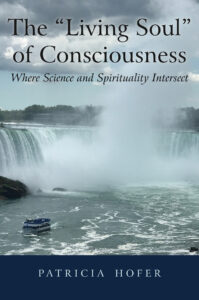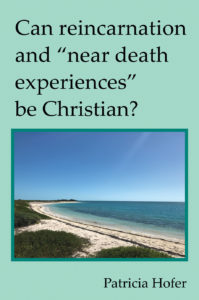If a dead tree falls, it carries with it a live one.
This Kenyan wisdom is no doubt a metaphor for some kind of immortality—from tree to seed and from seed to tree. In his book Miracles, Lewis discussed this natural theme of falling and rising, and he concluded that in it, God uses nature to establish a familiar pattern, one that points to the significance and certainty of resurrection.
Before going into Lewis’ helpful thoughts, I’m going to attempt to focus this challenging discussion with a question, a question that I think our Lord’s resurrection answers. And that question is this: If our individuality doesn’t continue after death, if who we become doesn’t uniquely rest on the shoulders of who we are, then what is the purpose of life here?
Lewis noted that from the “earliest days of Christianity” an apostle had to be able to “offer first-hand evidence of the Resurrection in addressing the outer world” (Miracles 233-234; Acts 1:22). And Paul also documents that “the majority of the five hundred [who saw Jesus] were still alive” when he was writing in 55 CE (Miracles 235-236).
These apostles, as Lewis saw it, were bearing witness to a resurrection that was “not the action of rising from the dead but the state of having risen” (236). He later continued: “The body which lives in that new mode is like, and yet unlike, the body His friends knew before the execution. It is differently related to space and probably to time, but by no means cut off from all relation to them (241).
And so, for me, when Jesus says, “I am the door” or “I am the gate” (John 10:9), he is saying that his resurrection is the opening for our resurrection. We will enter as he enters, by him. And so, whatever we have gained here—our particular and unique wisdom, compassion, forgiveness, joy and love—will continue on in a “new mode,” but in a recognizable individuality. Secure in this knowledge, the mourning we face at death, our “sorrow and sighing,” does indeed “ flee away” (Isa. 35:10).


Leave a Reply